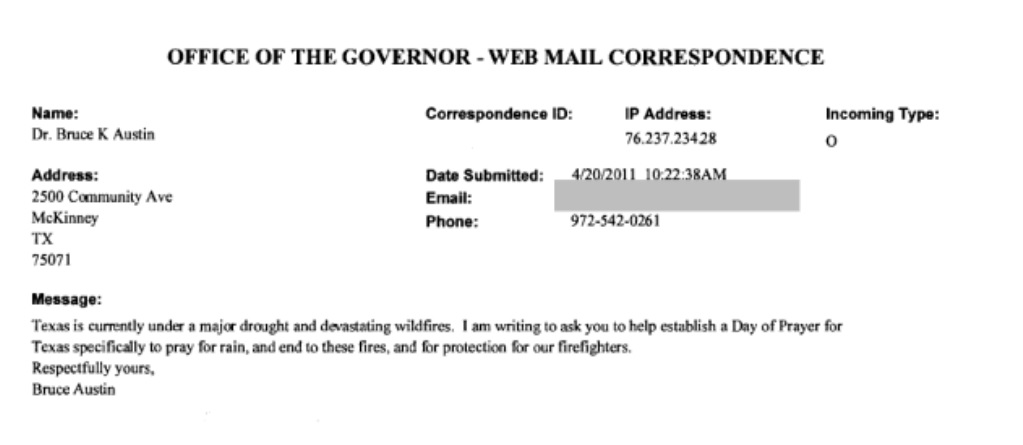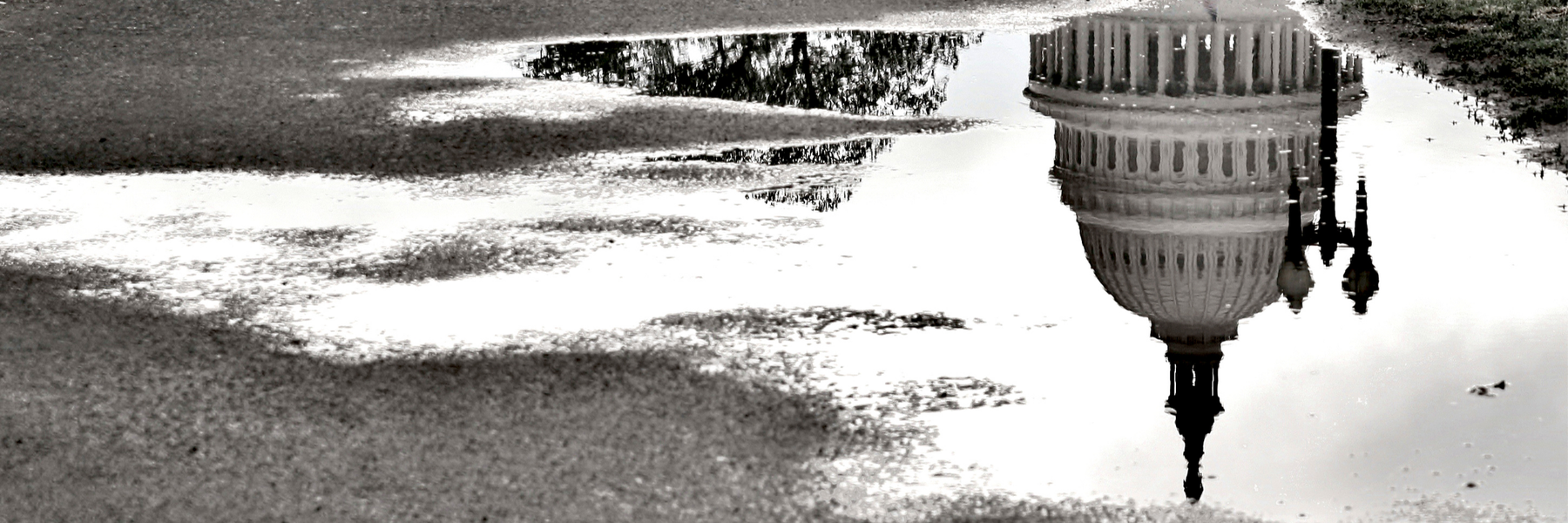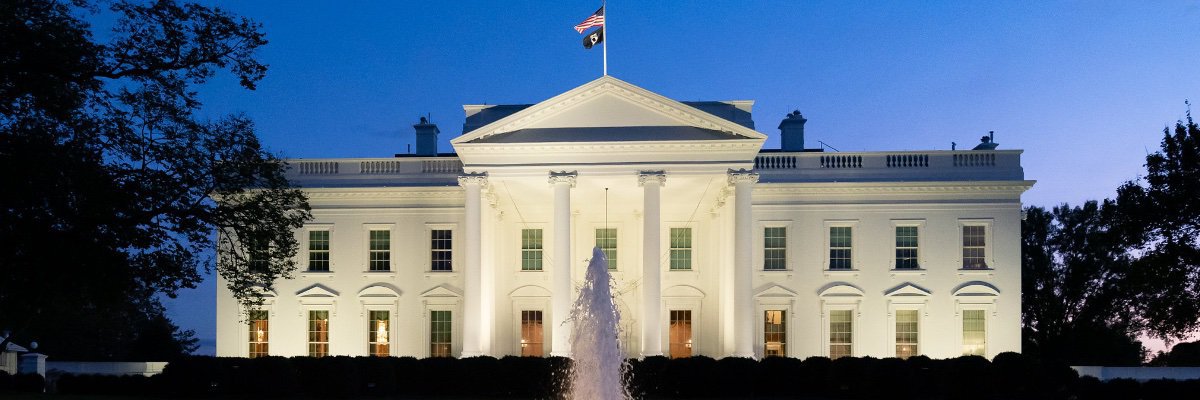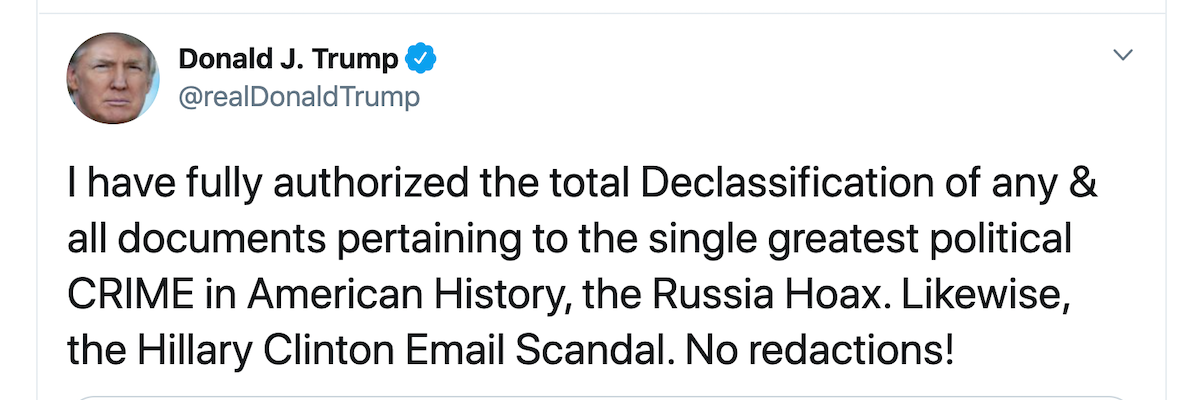In 2011, when Texas was faced with wildfires and “exceptional drought, with some parts of the state receiving no significant rainfall for almost three months, matching rainfall deficit records dating back to the 1930s,” Governor Rick Perry faced pressure to act. More than 8,000 wildfires had engulfed 1.8 million acres of land in less than five months. Hundreds of homes had been destroyed and crops were failing.

In the face of the crisis Texas was facing and mounting pressure to do something about it, Perry’s office came upon an idea: prayer.

To Perry’s office, the timing might have seemed perfect - the proclamation was issued on April 21, calling for prayer to begin on the 22nd and continue through the 24th. As a result, the prayers would begin on Good Friday and conclude on Easter Sunday.

This move was met with a fair bit of controversy. Although the proclamation didn’t provide for any text or method of prayer, it was clearly calling for prayer. This would seem to violate the spirit of the freedom of religion and worship clauses of both the federal Constitution and the Texas Constitution that Rick Perry issued the proclamation under. The Texas Constitution states that:
No human authority ought, in any case whatever, to control or interfere with the rights of conscience in matters of religion, and no preference shall ever be given by law to any religious society or mode of worship.
In addition to coinciding with the Easter holiday, the proclamation clearly endorses religious societies and modes of worship that believe and engage in prayer.
Unsurprising to meteorologists and climatologists, the droughts and wildfires continued despite the call to prayer. By August, 90% of Texas was experiencing “extreme” and “exceptional” drought conditions. More than 3.4 million acres had been destroyed by wildfires, nearly double what it had been when the Rick Perry issued the proclamation.
A request to the Governor’s office for records relating to the affair produced eleven pages, with all deliberative materials withheld. These eleven pages consist of two copies of the proclamation, a letter of transmittal and eight pages of web mail correspondence, including an interesting revelation: Rick Perry’s office issued the proclamation in response to a suggestion it had received from the public the day before.

Less than 26 hours later, the proclamation was issued (the time field of the filing was left blank, making it unclear exactly when the proclamation was filed). This is significant because not only does it show that in a time of crisis, Rick Perry’s office turned to the public suggestion box but because it indicates that the coincidence with Good Friday and Easter Sunday was not a coincidence at all.
In those 26 hours, Rick Perry’s office rushed to make a few changes to the suggestion. The “Day of Prayer for Texas” became “Days of Prayer for Rain in the State of Texas.” The call to “end these wildfires, and for protection for our firefighters” was dropped in favor of praying “for the healing of our land, the rebuilding of our communities and the restoration of our normal way of life in Texas.” Of these, the former is more significant - it shows a conscious decision was made to alter the suggestion so that the proclamation so that the Days of Prayer would coincide with the Christian holidays of Good Friday, Holy Saturday and Easter Sunday.
Read the full email release embedded below, or on the request page.
Like M Best’s work? Support them on Patreon.
Image via Wikimedia Commons and is licensed under CC BY 4.0




